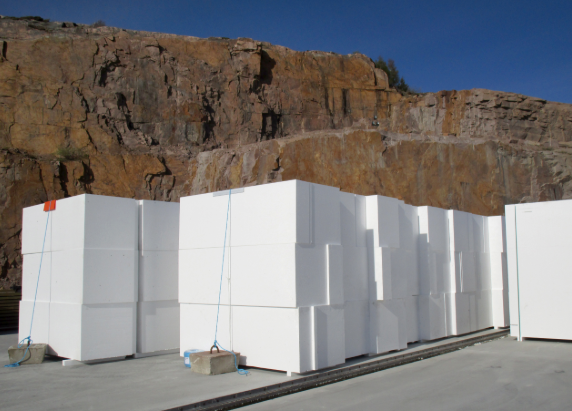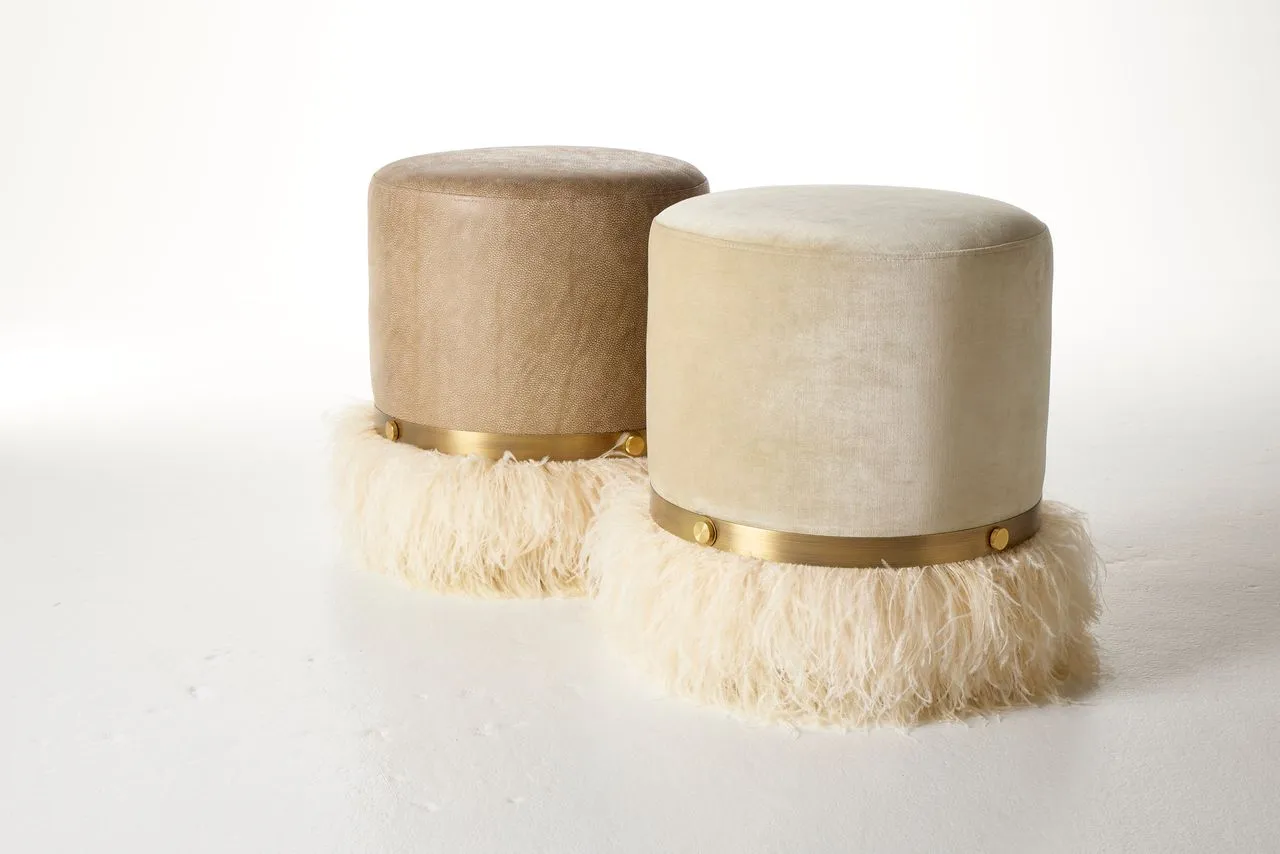Cornell researchers are developing flexible "sun-tracking" material


A team of researchers at Cornell University led by designer Jenny Sabin is developing a flexible solar material called HelioSkin that is integrated with sun-tracking capabilities similar to the biomechanics of sunflowers.
Supported by the National Science Foundation's Convergence Accelerator program, the HelioSkin project is developing a flexible, lightweight solar-collecting fabric for retractable roofs, stadiums, or the exterior of a skyscraper.

Renderings of the material in particular use cases show a white, latticed material stretched taut above stadium roofs and over tent poles along a pathway in a park.
The material is composed of a tensile fabric underlayer topped with a tesselated mechanical "bio-inspired" skin. Photovoltaics in this second layer would respond to and track the sun's path across the sky, similar to the movement of sunflowers or other plants, known as heliotropisim.

Led by Jenny Sabin, the team includes Cornell University professor of physics Itai Cohen, associate professor in the School of Integrative Plant Science Adrienne Roeder, and Arizona State University professor Mariana Bertoni.
"Tracking the light is really efficient," said Roeder in a video on the project. "We know that benefits sunflowers. It enhances their growth to be able to track the light, and so we want to capture that for solar cells."
"In HelioSkin, we have a morphing skin that can do some light tracking to get that increased efficiency."
Although the group aims to produce the material for commercialization on larger projects, it plans to roll out a three-year pilot project that will test the material on a smaller scale.

It will first test the material as a backyard canopy that can "potentially provide light and power outdoor appliances" before scaling up for use in parks.
The team also aims to make solar infrastructure more aesthetically appealing to encourage its use among homeowners, noting that some are hesitant to embrace the "ugly" PV panels installed on roofs.
"Sustainability is about performance and function, but equally, it's about beauty and getting people to get excited about it, so they want to participate," said Sabin.
"The grand goal is to inspire widespread adoption of solar for societal impact."
Other designers and projects that explore aesthetically pleasing and functional solar infrastructure are solar panels that resemble clay tiles by Dyaqua and a photovoltaic pavilion by Marjan van Aubel Studio that was designed to resemble a giant beach chair.
The images are courtesy of Cornell University
The post Cornell researchers are developing flexible "sun-tracking" material appeared first on Dezeen.















































